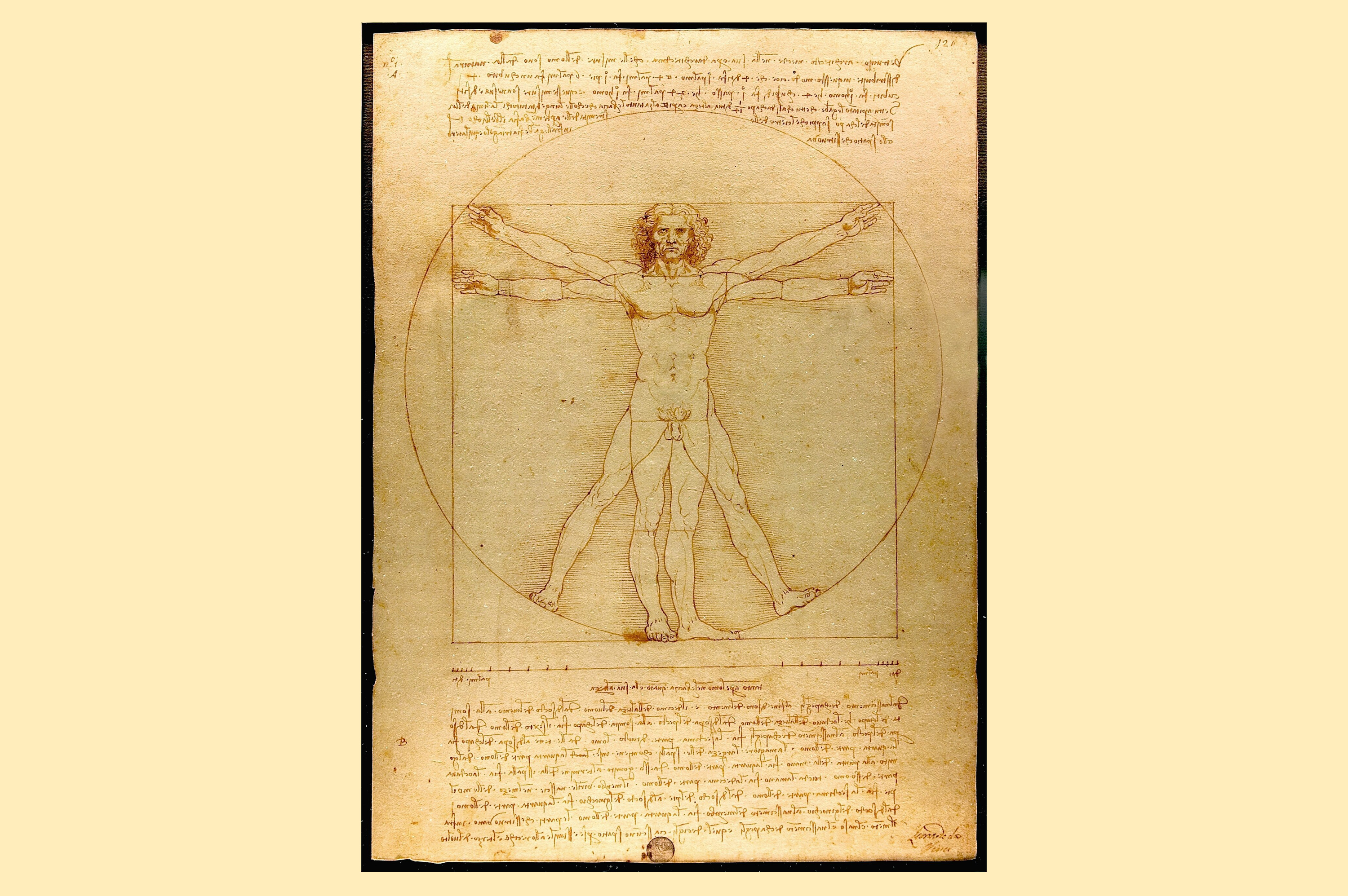Cookies
This website uses essential cookies for proper functioning and analytical cookies (anonymized) to track website statistics. Marketing cookies are necessary for loading external content, such as YouTube videos or widgets from social media. Our cookie policy is described in Dutch on our website. See our cookie policy for more information.
 Nederlands
Nederlands
